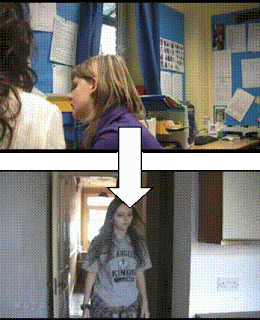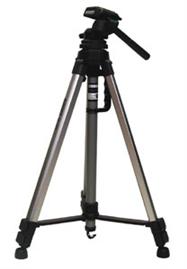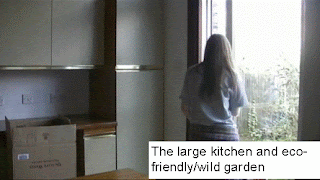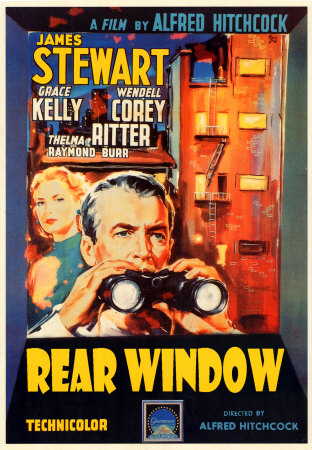Looking at my preliminary task evaluation and film, there are many improvements I have made from it to my final piece. The preliminary task also taught me many skills that I found very useful during this final part of the coursework project.
Improvements made since the preliminary task:
Here is an example of taking the criticisms of the prelim and improving them in the main task. We focused on improving the framing
Above, in the prelim there is blank space above the character which becomes tightly framed at an interesting angle in the final film.
In the prelim, the characters expressions can not be seen and so the conversation and plot become confusing.
In the main task we focused on maintaining sight of the characters face and expressions, and if not her/his face at least showed what they were looking at (e.g. the plug as seen below)
- Took the reflections on the preliminary task to spend a long time as a group on the storyboard to ensure that we were all working towards the same goal, making the filming/editing process more efficient
- I learnt from the prelim that I do not make a good actor, and felt comfortable and highly productive working behind the camera as a director/sound technician/camera operator/director's assistan
- We prepared our actors/location in order to avoid any clutter/confusion
- We spent more time in this project getting to know one another in the group to maximise the group dynamics. This meant that if individuals had a problem, it could be voiced and dealt with, unlike in the prelim task. We also all supported each other, motivating the group to keep going towards the end of a long filming/editing session
- We aimed to display all of the valuable continuity editing techniques learnt, and in particular match on action between the shots as the character moved around
- We were more aware of listening into the headphones and using the microphone to record all the necessary sounds and removing unwanted background noise

































